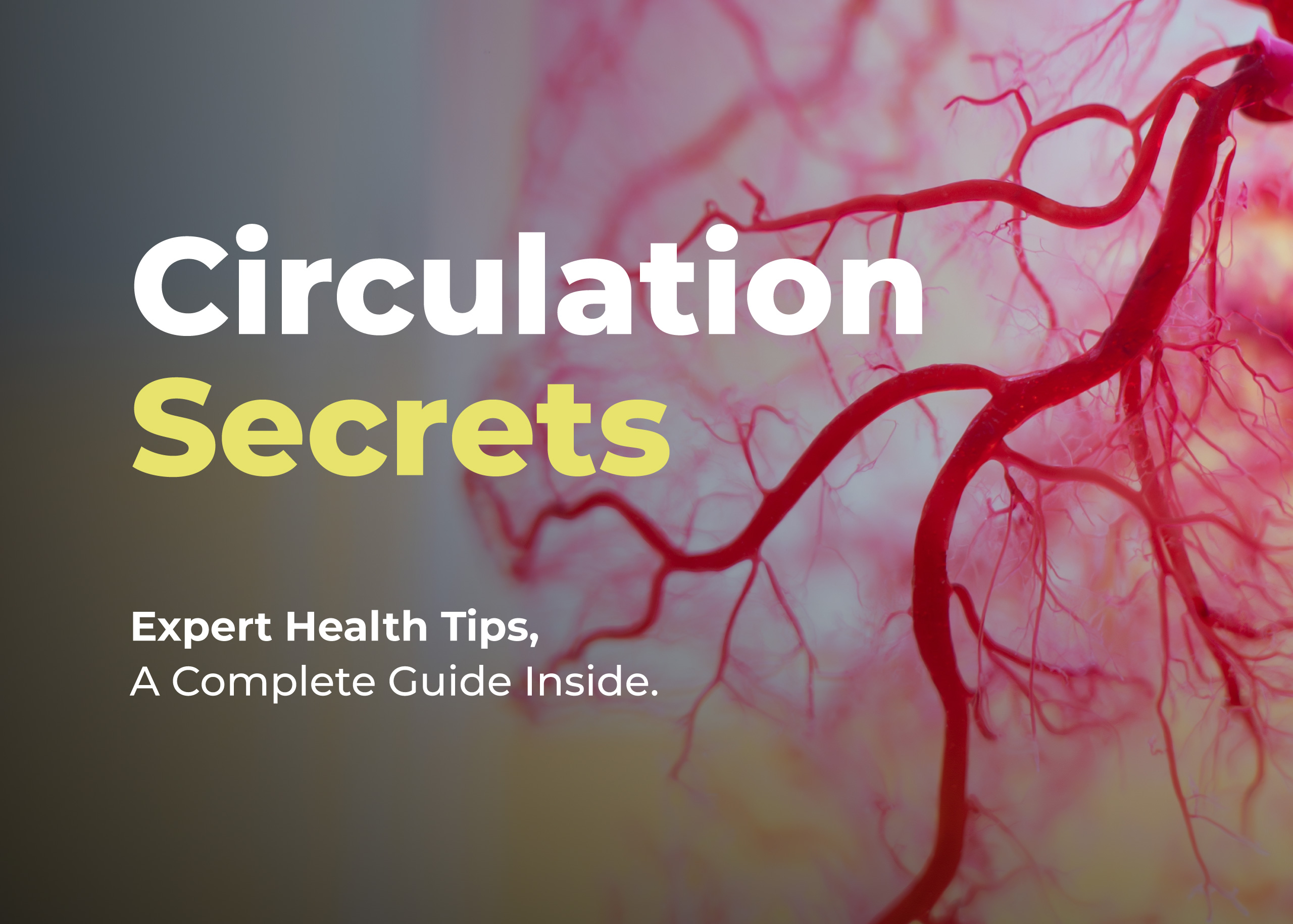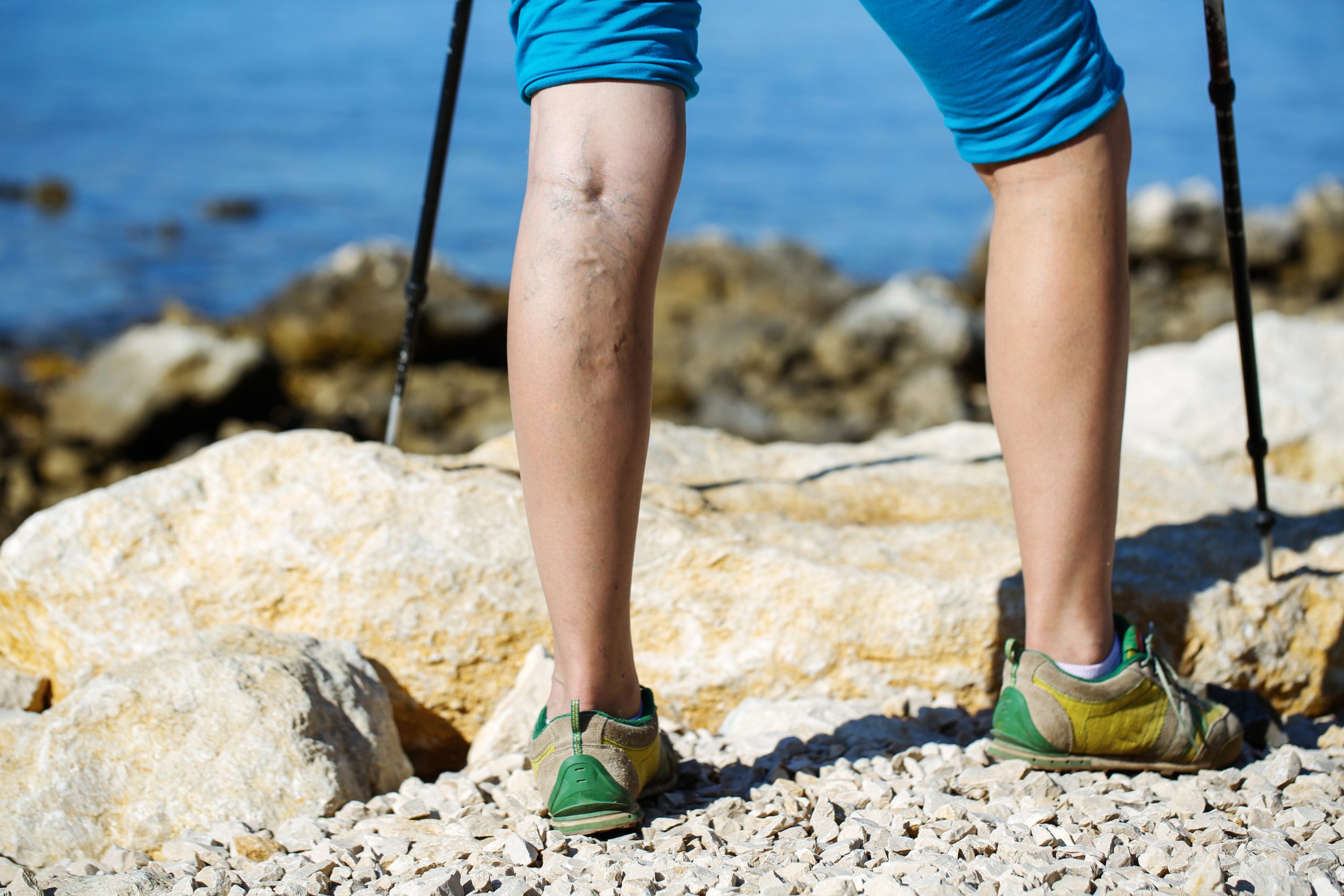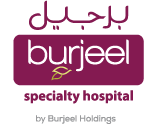-
Anesthesiology
-
Cardiology and Cardiovascular Surgery
-
Clinical Immunology
-
Critical Care and ICU
-
Dentistry
-
Dermatology
-
Endocrinology
-
ENT, Head and Neck Surgery
-
Gastroenterology
-
General and Laparoscopic Surgery
-
Gynecology and Obstetrics
-
Internal Medicine
-
Neuroscience
-
Neurosurgery
-
Nutrition and Dietetics
-
Oncology
-
Ophthalmology
-
Orthopedics and Sports Medicine
-
Pathology
-
Pediatric & Neonatology
-
Pediatric Surgery
-
Pulmonology
-
Radiology
-
Urology
-
Vascular and Endovascular Surgery
Vascular surgery is a specialized medical field dedicated to the diagnosis and treatment of conditions affecting the blood vessels, including arteries and veins, throughout the body. Vascular surgeons are highly trained professionals who employ both surgical and minimally invasive techniques to address a wide range of vascular disorders, such as peripheral artery disease, aneurysms, varicose veins, and vascular trauma. With a focus on preserving and restoring blood flow to vital organs and limbs, vascular surgery plays a critical role in improving patient outcomes and quality of life. Whether it’s repairing damaged arteries, removing blood clots, or restoring circulation, vascular surgeons are at the forefront of providing comprehensive care for patients with vascular conditions, ensuring optimal health and well-being.
Varicose Vein and Spider Vein Treatment
Delve into our array of solutions for managing varicose and spider veins, which not only address aesthetic concerns but also target the underlying vascular health issues. Varicose veins are swollen, twisted veins that often appear blue or dark purple and can cause discomfort, pain, and complications such as blood clots and skin ulcers if left untreated. Spider veins are smaller, web-like veins that may not pose health risks but can be unsightly. Our treatments aim to alleviate symptoms, improve circulation, and reduce the risk of complications, enhancing both appearance and vascular health.
Aorto-Iliac Occlusive Disease Management
Explore our specialized approach to diagnosing and treating aorto-iliac occlusive disease, a condition characterized by blockages or narrowing of the arteries supplying blood to the lower extremities. This can lead to symptoms such as leg pain, cramping, and weakness, and if left untreated, can progress to critical limb ischemia and increase the risk of limb loss. Our interventions focus on restoring proper blood flow through advanced techniques such as angioplasty and stenting, ensuring optimal vascular health and preserving limb function.
Aneurysmal Disease Treatment
Place your trust in our expertise in diagnosing and treating aneurysmal disease, a potentially life-threatening condition characterized by the weakening and bulging of blood vessel walls, particularly in major arteries such as the aorta. If an aneurysm ruptures, it can lead to severe internal bleeding and be fatal. Our treatment approach emphasizes preventive measures and innovative options such as endovascular repair, aimed at reducing the risk of rupture and ensuring vascular health and safety.
Vascular Trauma Care
Benefit from our specialized care for vascular trauma injuries, which can result from accidents, falls, or penetrating wounds and require prompt and comprehensive treatment to stabilize patients and restore blood flow. Vascular trauma can lead to serious complications such as hemorrhage, limb ischemia, and tissue damage if not managed effectively. Our treatment strategies focus on stabilizing patients, repairing damaged blood vessels, and minimizing long-term complications, ensuring optimal recovery and outcomes.
Peripheral Arterial Disease Management
Access our comprehensive services for managing peripheral arterial disease (PAD), a condition characterized by narrowed arteries that reduce blood flow to the limbs, leading to symptoms such as pain, numbness, and difficulty walking. PAD can increase the risk of heart attack, stroke, and limb amputation if left untreated. Our evidence-based interventions aim to alleviate symptoms, improve circulation, and reduce the risk of complications, empowering individuals to regain mobility and improve their quality of life.
Diabetic Foot Disease Management
Receive expert care for diabetic foot disease, a common complication of diabetes that can lead to serious infections, ulcers, and even amputations if not properly managed. Diabetes can damage nerves and impair circulation, increasing the risk of foot problems. Our multidisciplinary approach encompasses preventive strategies, advanced wound care techniques, and surgical interventions aimed at promoting healing, reducing complications, and preserving limb function in diabetic patients.
Dialysis Access Formation
Count on our expertise in vascular access formation for hemodialysis, a critical component of kidney failure treatment that requires reliable access to the bloodstream. Inadequate access can compromise treatment effectiveness and patient safety. Our vascular access formation services ensure optimal access for dialysis treatment, minimizing complications and enhancing overall vascular health for patients undergoing hemodialysis.
Frequently Asked Questions (FAQs)
Vascular surgery involves the diagnosis and treatment of conditions affecting the blood vessels—arteries, veins, and lymphatic vessels—outside of the heart and brain.
Endovascular surgery is a modern, minimally invasive approach that uses catheters, guide wires, and imaging to treat blood vessel conditions from within the vessels, often requiring only small incisions or punctures.
We diagnose and manage a wide range of vascular conditions, including:
– Peripheral artery disease (PAD)
– Varicose veins and spider veins
– Deep vein thrombosis (DVT)
– Aortic aneurysms
– Carotid artery disease
– Chronic venous insufficiency
– Vascular malformations
– Diabetic foot complications and limb ischemia
You may need to see a vascular surgeon if you experience:
– Leg pain or cramps when walking (claudication)
– Non-healing wounds or ulcers, especially in diabetic patients
– Swollen or painful veins
– Cold or numb extremities
– Sudden leg swelling or skin discoloration
– A diagnosis of an aneurysm or vascular blockage
– Open surgery involves traditional incisions to access and repair the affected blood vessels directly.
– Endovascular surgery is a minimally invasive technique using small incisions, catheters, and imaging to treat vascular issues from inside the vessel.
At Burjeel Hospital, Sharjah, we use the most advanced techniques and choose the best approach based on each patient’s condition and overall health.
Yes. Endovascular procedures are generally safe and offer several benefits, including:
– Shorter hospital stay
– Faster recovery time
– Less pain and scarring
– Lower risk of infection
These procedures are particularly effective for treating aneurysms, peripheral artery disease, and blocked arteries.
Varicose veins are enlarged, twisted veins often seen in the legs due to poor valve function in the veins. Treatments at Burjeel Hospital, Sharjah, include:
– Endovenous laser treatment (EVLT)
– Radiofrequency ablation (RFA)
– Sclerotherapy
– Minimally invasive vein stripping procedures
These treatments improve circulation, relieve symptoms, and enhance cosmetic appearance.
Common signs of PAD include:
– Leg pain or cramping during walking
– Cold feet or toes
– Weak or absent pulses in the legs
– Wounds that don’t heal
– Numbness or tingling in the lower limbs
PAD can lead to serious complications, including limb loss, if not treated promptly.
Vascular surgeons play a key role in preserving limbs in diabetic patients by restoring blood flow to promote healing. Treatment may involve:
– Angioplasty or stenting of blocked arteries
– Debridement of infected tissue
– Wound care in coordination with podiatry and endocrinology
– Bypass surgery in severe cases
Most procedures, especially endovascular ones, involve minimal pain and a short recovery period. You may return to daily activities within a few days, depending on the procedure. Open surgeries may require a longer hospital stay and follow-up care. Your surgeon will guide you through recovery and any necessary rehabilitation.
You can:
– Use the online appointment system via our website
– Visit our outpatient department directly
Our patient care coordinators are available to assist with scheduling, insurance, and referrals.











